Rheumatology Tips Archive
Author(s):
The risk for progressive multifocal leukoencephalopathy (PML) among RA patients on rituximab is extremely low, about 5/100,000. For MS patients on long-term (>24 months) natalizumab and infected with relevant pathogen, the JC virus, it is cited as 1/100. . . .

The risk for progressive multifocal leukoencephalopathy (PML) among RA patients on rituximab is extremely low, about 5/100,000. For MS patients on long-term (>24 months) natalizumab and infected with relevant pathogen, the JC virus, it is cited as 1/100. . . .

Nonerosive subluxation or Jaccoud-type arthropathy of the hand is classic for SLE, and helps in narrowing the differential of a bone infarct. . . .
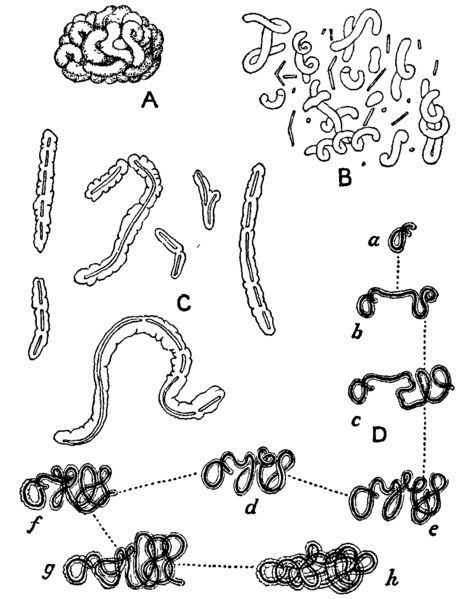
Microcrystalline arthritis may cause joint effusion or a purulent aspirate. However, remain suspicious, even if no microorganism can be aspirated . . .

The enzyme that prevents toxic reactions to the lupus drug azathioprene has little or no activity in 0.3% of individuals and only intermediate activity in 10%. The test for this, advised on the label, is a rare example of effective pharmacogenetics in rheumatology. . . .

In patients with severe ANCA-associated vasculitis, ANCA negativity after rituximab induction has been associated with a reduced risk of relapse. . . .

The prevalence of lupus-like illnesses is increased by between 10- and 20-fold among mothers of boys with chronic granulomatous disease. . . .

EMG is a very helpful to differentiate myositis from disorders of the brain, nerves, or spinal cord, but among children MRI is often used to avoid the morbidity associated with muscle biopsy and EMG. Absent skin manifestations, muscle biopsy is the gold standard. . . .

Lymphadenopathy, fever, anemia, elevated ESR, and hypergammaglobulinemia occur often in the plasma cell type of Castleman Disease. Unlike other causes in the differential, malignancy, these are completely reversible in Castleman Disease. . . .

Most patients with hyperuricemia do not go on to have gout, and it may be seen with any other cause of acute monoarthritis. On the other hand, serum uric acid levels may drop to normal values during an acute gout attack, due to an increase in renal excretion, so a normal value does not exclude this diagnosis. . . .

Cellulitis overlying a swollen joint is not a contraindication if it is the only portal for intra-articular access. The risk of introducing infection by aspirating through cellulitic skin is far less than the risk of unmanaged septic arthritis. . . .

Take care not to be overenthusiastic about the prayer-sign test for limited joint mobility, for instance in patients with diabetes. One study found that 26% of healthy controls were not able to make complete contact of the palmar surfaces. . . .
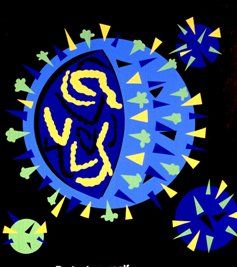
Viral causes are implicated in potentially deadly A-DRESS SYNDROME (dermatitis, hepatitis, interstitial nephritis, and eosinophilia) among allopurinol users. Skin biopsy and a wide panel of viral titers are well advised. . . .

Although tuberculosis is common in RA even in the absence of treatment, false-negative tuberculin skin test results are frequent because of either immunosuppressive treatment or a natural waning of immunity. . . .

The quads and hamstrings of OA patients who later have knee replacement seem to be firing continuously. Training with the Alexander technique may offer relief. . . .

Lesser-known presenting symptoms of lupus:
• Cognitive dysfunction (difficulty focusing, memory loss, and depression) • Headaches • Anemia • Pleurisy and/or pericarditis • Abnormal blood clotting • Seizures • Ulcers of the mouth and/or nose . . .

Gradually increasing mild pain in the back of the knee, stiffness, and pain with squatting or kneeling may be the only signs of PCL injury, arising long past the acute period after a seemingly trivial inciting event. . . .

Cocaine and its contaminants, primarily levamisole, can cause lesions of the earlobes and cheeks, midline granulomatous lesions, and a mimic of vasculitis. . . .

To help reduce the load on an arthritic knee, tell patients to walk more slowly and use shorter steps . . .

Raynaud's phenomenon is usually absent from eosinophilic fasciitis, which may be difficult to differentiate from scleroderma. Nearly all scleroderma patients have Raynaud's, usually early on. . . .
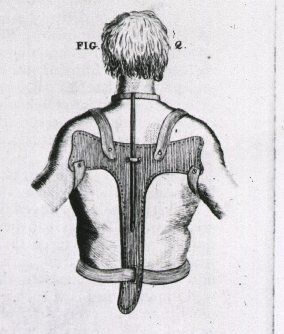
Clues to spinal epidural abscess as a cause of back pain (a potentially disabling condition and thus a diagnostic "great save"): 1. Usually insidious onset 2. Usually thoracic (most back pain is cervical or lumbar) 3. Major red flag: fever (though often absent, especially early in the course) . . . . .Learn More

Use ACE inhibitors with great care in systemic sclerosis. ACE inhibitors given before the onset of scleroderma renal crisis worsen later outcomes. . . .Learn More

As many as 40% of sarcoidosis patients show an acute, self-limiting polyarthritis, but chronic arthritis and muscular symptoms are very rare. . . .Learn More
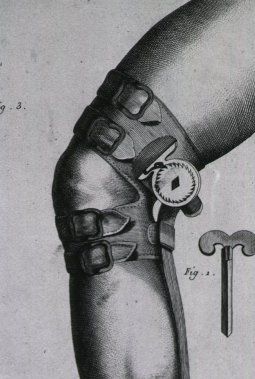
Knee osteoarthritis does not always progress. Data from the Osteoarthritis Initiative shows that half of people with knee OA reported less knee pain at 48 months than at 12 months. . . .Learn More

In the rare fibrosing disorder eosinophilic fasciitis, the hands and feet are usually spared. In scleroderma, the hands are nearly always involved. . . . Learn More

Joint erosions progress significantly faster in the anemic rheumatoid arthritis patients than in RA patients who do not have anemia. . . .

When assessing function in RA, four factors may help determine whether a patient is having difficulty with a task: 1. speed and smoothness of movement,
2. the number of attempts needed for completion,
3. substituting an alternate motion for one that is difficult, and
4. the presence of pain behaviors . . .

To encourage adequate exercise among your patients, include a question about physical activity at the top of the chart, alongside blood pressure, heart rate, and other vital signs. . . .Learn More

Obese patients scheduled for elective knee replacement have significantly elevated serum levels of IL-6, suggesting that their adipose cells induce a hyperinflammatory state . . .Learn More

Psoriasis patients are at increased risk of cancer, especially when (1) the disease is severe and had an early age of onset and (2) comorbid conditions exist, such as smoking or diabetes. . . . . . . Learn More

Among knee replacements for children with JIA, 75% last for 20 years, a multicenter study shows. Almost half of recipients have unlimited walking ability. . . .Learn More

Chlamydia trachomatis can persist in the synovium, triggering a chronic inflammatory process that may last for years.. . .Learn More

Three of four patients with massive rotator cuff tears achieve satisfactory results from nonsurgical treatment. . . .Learn More

Women with spondyloarthritis have more disease activity and worse functioning than affected men, but fewer inflammatory lesions on imaging. . . .Learn More

In phase I and II clinical trials, an orally administered fragment of a bacterial heat shock protein, shown cross-reactive with self-peptides. had an excellent safety profile and immune modulatory effects in RA. . . .Learn More

Important risk factors for osteoporotic fracture not considered in the FRAX score: History of falls, frailty, bone turnover, bone quality factors, and kidney disease. . . . Learn More

One-third of gout patients considered "adequately controlled" by their physicians experienced two or more gout flares per year. . . .

The RADAI self-report score of joint involvement, designed for RA, is just as effective in assessing osteoarthritis and psoriatic arthritis. . . .
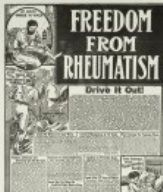
Elderly patients with late-onset RA have more inflamed joints on ultrasound, even though their clinical disease activity appears similar to that of younger RA patients. . . .
x

Fatigue can be an isolated presenting symptom in Sjgren syndrome. It is difficult, but not impossible, to treat . . .

Despite common wisdom to the contrary, gout does occur in RA patients. The cumulative incidence over 25 years is above 5% . . .

RA patients are likely not to get optimal lipid-lowering therapy. They have a doubled risk of carotid plaque; standard CV risk scores are poor predictors in this group. . . .

Bone marrow edema (detected by MRI) and tenosynovitis (detected by MRI or US) have diagnostic utility for psoriatic arthritis but are not specific. Similar findings (generally of lesser magnitude and extent) may be observed in RA . . .

Be alert for serious depression in gout patients. A one month's supply of colchicine, taken all at once, can be fatal . . .





